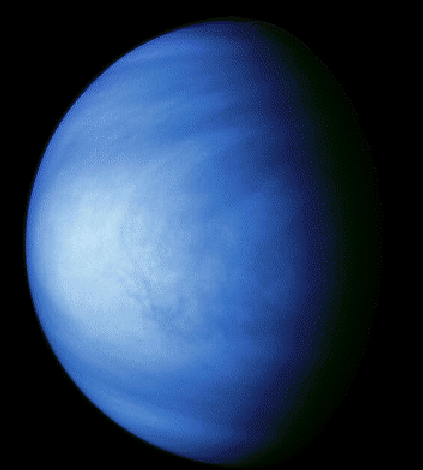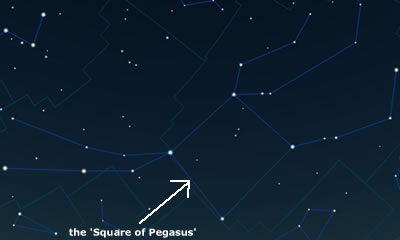Posts Tagged ‘sky’
Leonid Meteor Shower
I was out on November 3rd at a Fireworks show in Trispen in Cornwall and whilst I was waiting for the Fireworks to start I was having a good look at the Sky. It was clear as a bell and a very cold evening, so the Stars were shining brilliantly. To my amazement, I saw a really bright and big shooting star followed by another, and another, and another and another. I think I saw a total of 6 or 7 in the end and they were all really clear to view, and were flying across the Sky right above us! It was an amazing sight as I wasn’t expecting to see a Meteor show as well!
A few days later I looked up whether there were any Meteor showers taking place around this time and found that the Meteors must have been from the Leonids which is a Meteor shower that happens throughout November every year. The best days to view them this year were on the 17th and 20th of November, so I was very lucky to see as many as I did in only about 45 minutes of viewing, a good couple of weeks before the height of the shower.
The Leonids are said to be a lot better quality than the Perseids in August as they are much brighter and about 10mm in diameter, and this was certainly true from my observations. The Perseids paled in comparison to the Leonids. These Meteors originate from a Comet named Tempel-Tuttle, which was discovered in 1865 by Ernst Tempel, and radiate from the constellation Leo (hence their name).
Remember to keep an eye out for them next year as they are a great sight to behold!
Venus
Out of the planets that I had seen through my telescope, I hadn’t seen Venus properly until the end of January this year. Venus has been, and still is, very bright in the sky and at the end of January it was perfectly placed to view in my back garden.
Before viewing the planet, I wasn’t sure what I was going to see. I knew the planet was a sphere and had a blue tint to it but didn’t think that I would see it like that, and I knew it didn’t have any rings so I think I was just expecting to see something like a star in the sky.
It took a couple of nights to actually view Venus properly as on the first night I tried, it was slightly misty, so the planet wasn’t well spotted. The next night, I waited until it got too dark, so too much light was reflecting from it which dazzled through the telescope. I then read up on viewing Venus and found the best time to view it was at dusk when it was still slightly light and the planet wasn’t too bright. So on my third attempt, I had the telescope outside ready for dusk and saw Venus brilliantly through it!
To my surprise, it did actually look blue! It was like viewing a bluish ball just hanging in Space. It obviously didn’t have the grandeur of Jupiter (Moons and storm clouds) or Saturn (rings) but it was great to see a planet that looked different to the others that I had seen. I was very pleased with what I saw, to say the least! The image below is the closest one I could find that looked like what I saw (obviously what I saw was the whole planet and not the half that was in the light). My telescope is not powerful enough to view the planet in the size below, but I could still see it very well!
Venus is still going to be very bright in the sky over the next couple of months, so if you can, I would try and get out and view it! In fact, the planet is meant to be as bright as the Moon and will cast shadows, which I find very interesting indeed. The best time to test this would be towards the middle of the month (March) when there is no Moon in the Sky, so Venus should be the main light source during clear nights.
Happy Venus spotting!
Perseid Meteor Shower 2011
The Perseid Meteor Shower (the ‘Perseids’) will reach its peak activity on Saturday 13th August this year. Unfortunately, this coincides with a full moon this year which will make the sky so bright that only the closest and largest meteors will be seen. But don’t ignore it for this year, as it will still be possible to view them!
The Perseids originate from the constellation Perseus, but actually have nothing to do with any of the stars in the constellation. They are actually rock fragments left over from the comet Swift-Tuttle when it last flew near the Sun. So if you can find the constellation of Perseus in the night sky, you will know where to look for the meteors streaking across the sky. However, don’t just look at the constellation, look at the area around it as you will still be able to see them as they only originate from Perseus.
Let’s hope for a clear sky and good viewing to everyone!
Pegasus, Jupiter and Polaris
I had to wait a whole week until the weather was good enough to go out and use the telescope again. This time I went out to try and see the brightest star in the sky, but I still didn’t know fully how to use the telescope so it was a bit hit and miss. I didn’t realise that I had to line up the viewfinder with the telescope beforehand, during daylight hours. So when it came to trying it in the dark, it was very difficult to find the correct direction. After several attempts, I finally locked on to the star but still couldn’t see it very well.
Having spent some time trying to view it through a telescope and binoculars, I decided to go and try and find out what it actually was. After searching through several sites, my wife found that the star was actually Jupiter and during the month of October, it was the brightest it will be for a long time (see link in the right hand side column). Whilst we were looking up about this, I learnt to find the ‘Square of Pegasus’ and where the North Star (Polaris) was in the sky. This was useful as Jupiter is situated just below the ‘square’ which made it easy to find. What made this extra relevant was that the ‘Square of Pegasus’ was right in front of us in the sky (North East) when we stood in our back yard. This made it really easy to pinpoint other stars, planets and constellations, and we think we pinpointed Neptune further to the East.
(image taken from ‘The Sky X First Light Edition’)
Armed with this new information we went outside to have another look but, unfortunately, it had started to cloud over so we were unable to use the telescope anymore. We did attempt to use the binoculars and thought we had zoomed straight in to Jupiter and saw a moon or two orbiting it, but we aren’t sure as the image kept changing. We think the binoculars are a bit dodgy (they were only very cheap!) so we can’t be 100% sure of what we saw. Will need to buy or borrow some binoculars to make sure.
So it wasn’t the best viewing but I did at least learn a lot of things about the Sky and its stars and constellations, and wherever I am now, I know how to find Jupiter as long as I can find the ‘Square of Pegasus’ first.
Time: 19:45 – 21:30, Longitude: 50.435423, Latitude: -4.093217, Viewing: North East

